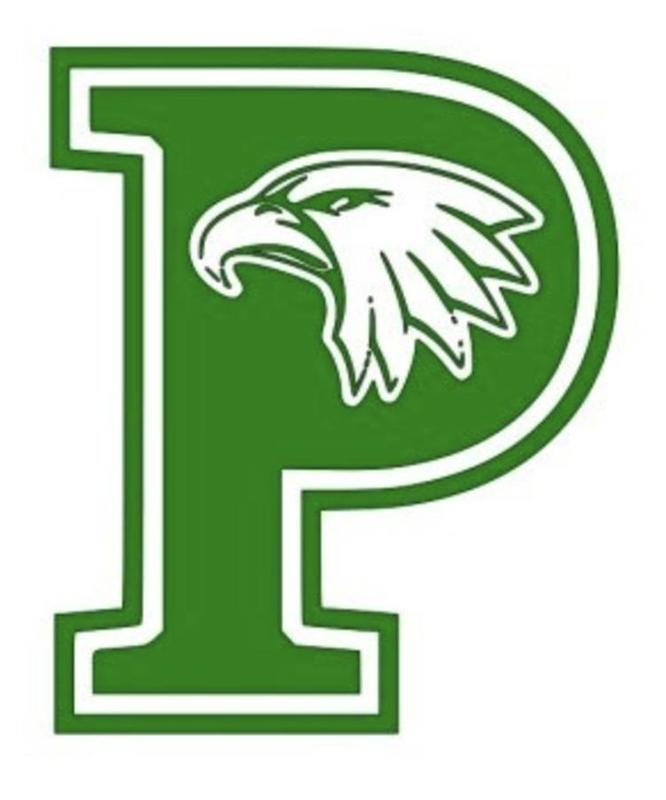Information
-
Document No.
-
Audit Title
-
Client / Site
-
Conducted on
-
Prepared by
-
Location
-
Personnel
Kitchen & Food Storage
-
1. Refrigerator, stove, cabinets, working area and cooking equipment are clean, sanitary and in good condition?
-
2. Food preparation and storage areas are free from animals, rodents and insects or animal droppings?
-
3. All cleaning materials and utensils are kept away from food (e.g. in separate storage). Chemical cleaners, pesticides and other materials are in original containers.
-
4. Kitchen garbage receptacles are:<br> * Made of durable, leak-proof and non-absorbent materials;<br> * Lined and covered; and<br> * Emptied to the outdoor gabage receptacle when filled.
-
5. Fire extinguisher approved by the Fire Department is charged and accessible: In Clark County, Class K is required in all commercial kitchens.
-
6. Refrigerators have separate inside thermometers showing temperatures of 35-41 degrees F, and there is temperature log posted documenting daily temperature checks.
-
7. Freezers have separate inside thermometers showing temperatures of 0 degrees F, and there is temperature log posted documenting daily temperature checks.
-
8. Separate or freestanding dry storage areas have thermometers showing temperatures between 50 - 70 F.
-
9. A sanitizing agent or water temperature of at least 170 F are used for sanitztion.
-
10. Foods are maintained hot (at least 140 F) or cold (maximum 41 F) prior to serving, both when packaging for transport and upon arrival at meal service destination (as appropriate).
-
11. Meals are transported in safe, sanitary sealed, covered containers, carriers or carts.
-
12. Foods are used on a first-in, first- out basis (date rotation), with appropriate inventory and record-keeping of food storage.
-
13. Food containers are labeled, free of rust, dents or bulges; and kept away from the walls and at least 6 inches off the floor to permit air circulation.
-
14. Separate sinks are available and used for washing hands, fruits and vegetables, and cooking utensils.
-
15. Separate refrigerators are provided for (as applicable) dairy products and eggs; meat, poultry and fish; fruits and vegetables; and cooked foods.
-
16. Heating and ventilation systems are working. Radiators/pipes are inaccessible or covered to prevent contact.
-
17. Walls, floors and ceilings are in good repair and clean.
-
18. The kitchen facility is operated in compliance with applicable provisions of the State Sanitary Code, as evidence by posted sanitary inspection certificate from municipal board of health.
-
19. A well supplied first-aid kit is available, accessible to staff, out of reach of children, and includes personal protective equipment and Food Service approved first-aid supplies. Check first-aid contents, in accordance with First-Aid Checklist.
-
20. Thermometers are calibrated for accuracy and kept in a sanitation solution when not in use, to ensure they do not become contaminated with dirt and other debris.
-
21. Towels are kept in a sanitation bucket, with the proper sanitation solution, when not in use, to ensure they are clean and sanitary for use in the kitchen.
-
22. Towels are laundered and stored to ensure they are clean and sanitary, or a disposable towel is used and tossed at the end of the day.
-
23. Staff is following hygiene regulations:<br> * Short fingernails that do not have polish. No bracelets, rings, watches or low hanging necklaces. (Wedding ring is allowable).<br> * Single use gloves are available and in use by staff<br> * Hairnets are available and used by staff.<br> * Staff is wearing a clean and appropriate uniform for the food preparation. No capris or jackets. Non-slip, closed toe shoes must be worn.
-
24. Staff are wearing the appropriate Acelero Badge, (in Clark County staff are also required to have all licensing cards on their person)
-
25. Shelter in place








